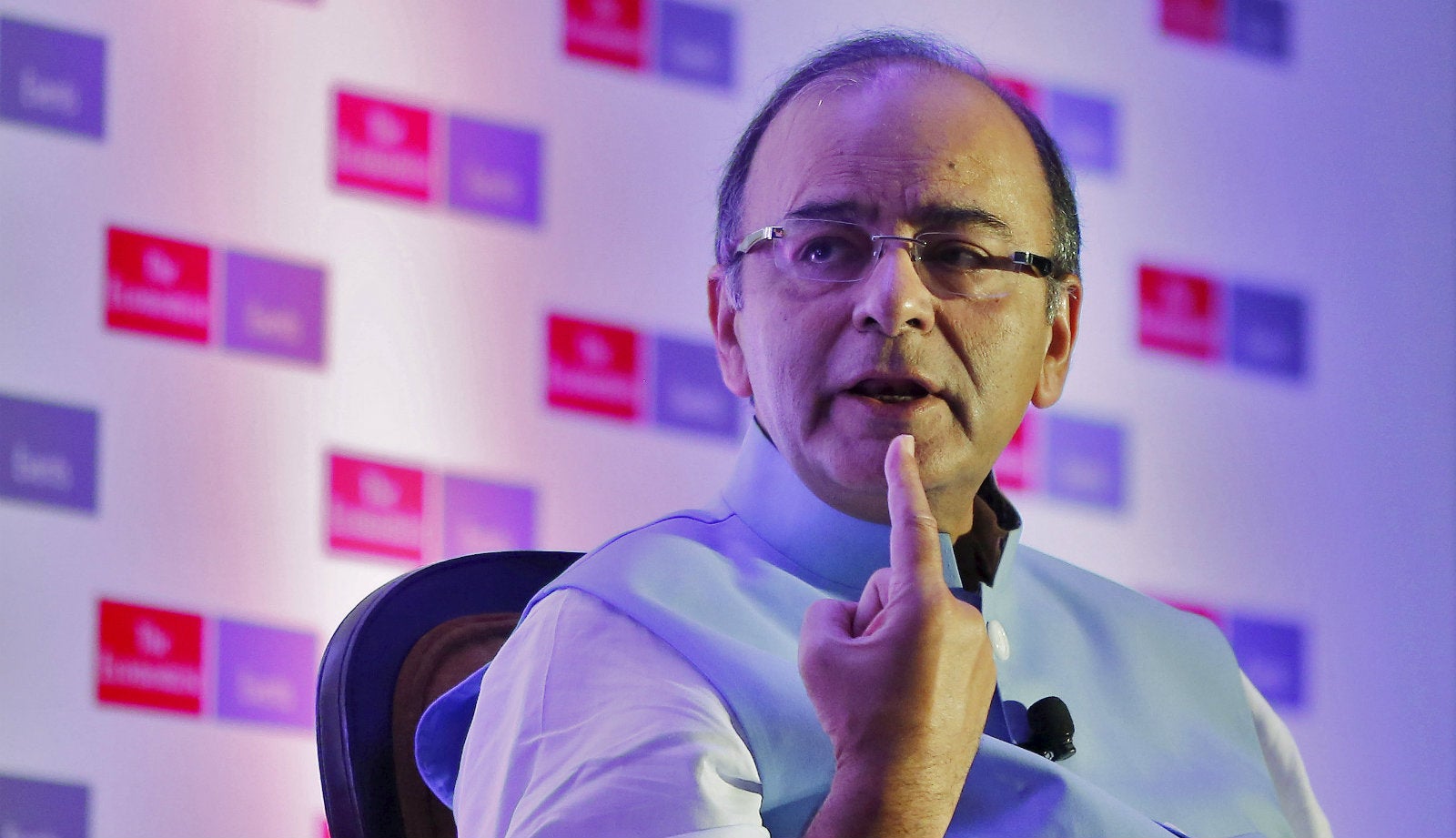What will Arun Jaitley choose this budget: Fiscal prudence or economic growth?
The debate on pushing for faster economic growth versus controlling the fiscal deficit is a contentious one.


The debate on pushing for faster economic growth versus controlling the fiscal deficit is a contentious one.
The Keynesian perspective emphasises the role of increased government expenditure to achieve higher economic growth. This happens via increasing the money in the hands of the people to spend and thus, generating demand for goods and services leading to higher economic activity and growth.
The counter argument of this perspective comes from the “crowding-out” phenomenon. Effectively, higher government expenditure financed through borrowing exerts upward pressure on interest rates, thereby “crowding-out” private investment through a shortage of loanable funds. Lower private investment, in turn, could neutralise the growth that would have come from the higher government expenditure.
If the government chooses the medium of deficit financing—i.e. printing more money to finance the deficit—it is likely to result in higher inflation since there would be more money than what the economy could support. Higher fiscal deficit might push the current account deficit up, thereby bringing down GDP.
All these theoretical arguments have been empirically validated but the debate remains largely inconclusive due to variations caused from the state of the economy, whether operating at full employment or stable equilibrium.
If the economy were operating at below potential with substantial capacity under-utilisation, then any additional demand generated by fiscal intervention would not immediately lead to inflation. However, the economy would have established a short-term, low-level equilibrium due to consistent fall in demand.
What can Arun Jaitley do?
The upcoming budget is coming with such a backdrop. There is a demand to prop-up the economy through increased public expenditure, but analysts are wary about possible implications on fiscal deficit, inflation and real growth.
On the ground, there are certain fiscal commitments on the part of the current government that makes this discussion contextual. With One Rank One Pension (OROP) and Seventh Pay Commission recommendations already weighing heavy on the fiscal bill, the government is likely to be in a fix as to what approach to take.
The government approximately needs to spend between Rs18,000 crore and Rs20,000 crore every year on account of OROP. The Seventh Pay recommendations would add an expenditure of another Rs73,000 crore in the first year.
There is also a pressure on the government to infuse fresh capital to the struggling public sector banks.
All these factors would cumulatively weigh on fiscal deficit, which is something already recognised by the government. That is why the government is now trying to meet the 3% fiscal deficit target in a three-year time frame rather than two years—i.e., 3.9% for 2015-16, 3.5% for 2016-17, and, 3.0% for 2017-18.
However, the government is lucky to have got a cushion: falling global commodity prices. As a result, spending on various kinds of subsidies has already been reined in and government may try to further rationalise this going forward. Streamlining of centrally sponsored and central sector schemes—through direct benefit transfers, for instance—and the possible implementation of the Goods and Services Tax (GST) would further support the fiscal consolidation through expenditure rationalisation and revenue augmentation.
At a time the entire world is grappling with deflationary pressures and depressed demand, the government’s fiscal policy stance is going to be very crucial. While these external conditions have helped curtail inflation, the country still can’t afford to become lax on expenditures since inflation, though slightly comfortable now, is still lurking around the corner.
Against this, the decline in industrial production—reflected through the slowing Index of Industrial Production (IIP) and the expectation of industrial output to remain subdued—desperately calls for rescue through an expansionary fiscal policy.
Yet, despite the weak external demand and internal stress, including through successive droughts, India is still on track for achieving above 7% growth this fiscal. This is a significant achievement amidst persistence of global growth risks.
It is possible to grow quickly with the aid of expansionary fiscal policies but it is important that such growth is sustainable and its cost doesn’t have to borne in the future through higher inflation and high debt servicing costs. For this, macroeconomic stability is the key.
The recent experiences of other countries, mainly our BRIC counterparts, demonstrate that stimulus—both monetary and fiscal—comes at a cost. Therefore, it is important to focus on fiscal consolidation while attending to various compulsions. Eventually, it is the quality of fiscal deficit, and not the deficit per se, that will be important. If there were a higher deficit target to finance capital investments, it would be welcome.
However, if the higher deficit (in other words borrowing) is for populist consumption expenditures or tax rebates, then it may give a shot in the arm for the economy in the immediate term with serious implications for the medium term.
Over to finance minister Arun Jaitley.